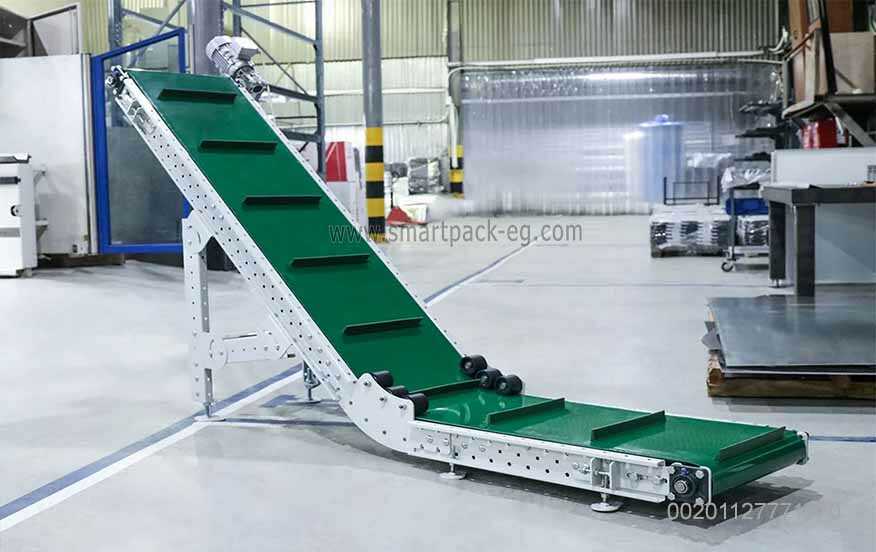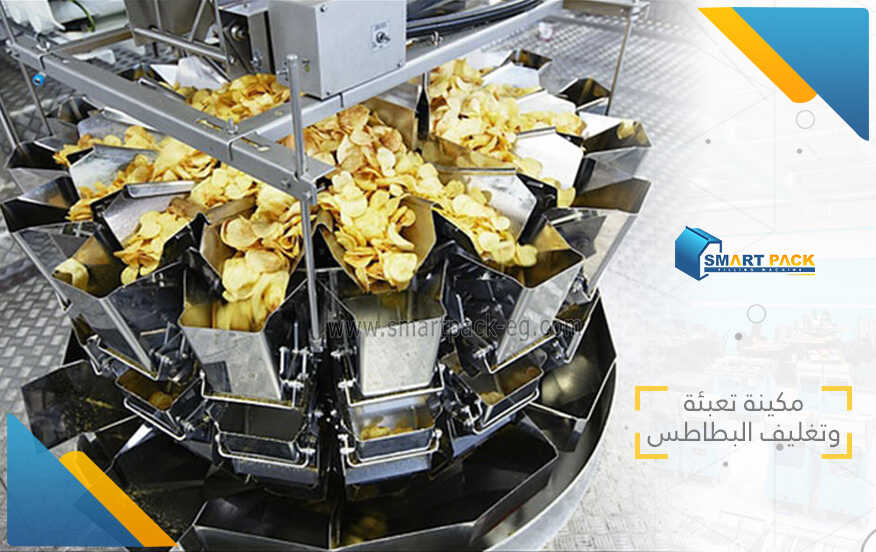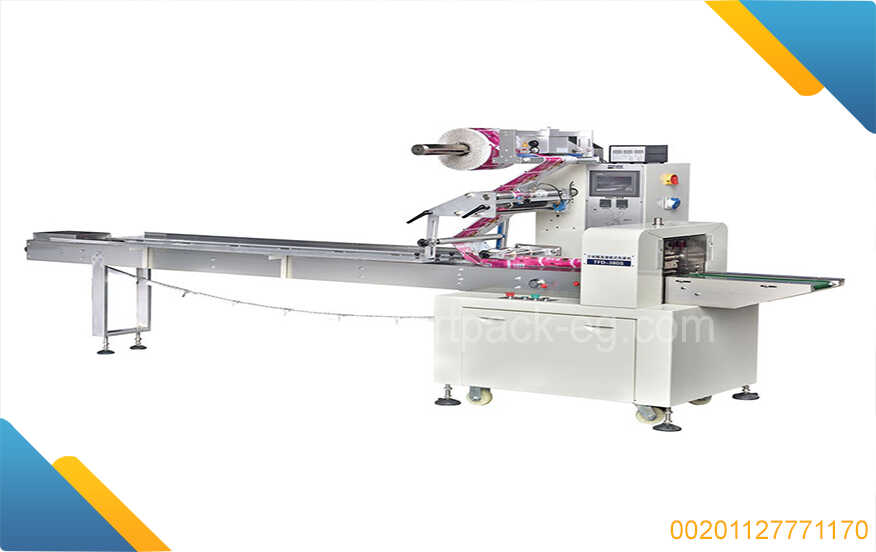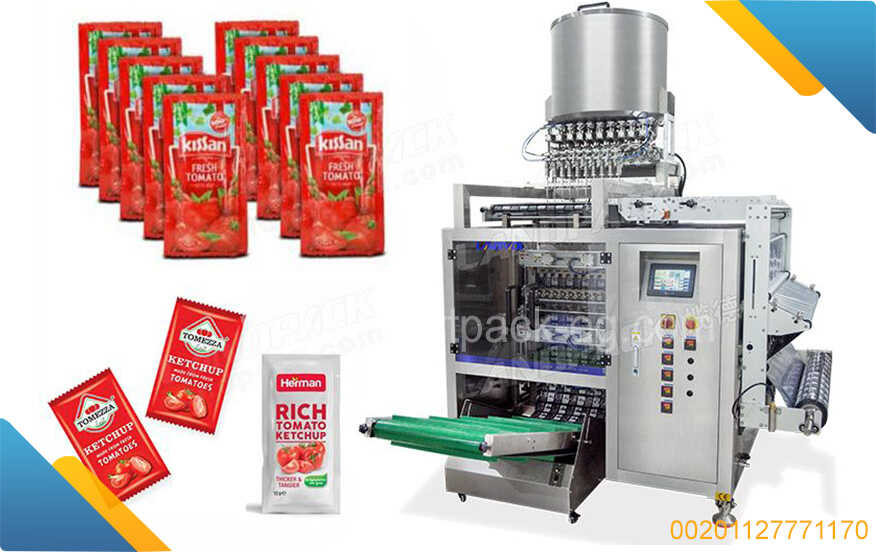Title: The Best Way to Sterilize Pharmaceutical Factories from Viruses
Introduction:
As the world faces ongoing health challenges, the need for sterile pharmaceutical factories has never been more critical. To protect the integrity of pharmaceutical products and ensure the safety of both workers and consumers, it is imperative to implement effective sterilization measures. This guide will outline best practices for sterilizing pharmaceutical factories from viruses, highlighting key strategies and techniques.
- Planning and Preparation:
Before undertaking any sterilization activities, it is essential to develop a comprehensive plan that covers all areas of the factory. This plan should include:
a. Risk assessment: Identify potential sources of viral contamination, such as equipment, surfaces, personnel, or incoming raw materials.
b. Establish protocols: Develop standard operating procedures (SOPs) for thorough cleaning, disinfection, and sterilization, tailored to meet specific factory requirements.
c. Resource allocation: Ensure an adequate supply of disinfectants, cleaning equipment, personal protective equipment (PPE), and other necessary resources.
- Thorough Cleaning:
Effective sterilization begins with thorough cleaning to remove any visible dirt, dust, or organic matter that may harbor viruses. Key steps include:
a. Removal of debris: Sweep, vacuum, or use compressed air to eliminate loose particles from surfaces and equipment.
b. Detergent-based cleaning: Use appropriate disinfectant cleaners suitable for pharmaceutical environments to wipe down surfaces and equipment.
c. Disassemble and clean equipment: Break down machinery and clean individual parts, paying special attention to hard-to-reach areas where contaminants may accumulate.
- Disinfection:
Once the cleaning process is complete, disinfection becomes essential to eliminate any remaining viral particles. Consider the following:
a. Choose appropriate disinfectants: Select disinfectants that have been proven effective against viruses commonly found in pharmaceutical settings.
b. Follow manufacturer's instructions: Dilute the disinfectant as instructed and apply it to surfaces and equipment using recommended methods, such as spraying or wiping.
c. Contact time: Allow the disinfectant to stay in contact with the surface for the recommended duration to ensure maximum effectiveness.
- Sterilization Methods:
Sterilization methods go beyond disinfection and focus on eliminating all forms of microbial life, including viruses. Depending on the nature of equipment and materials, various techniques can be utilized:
Table 1: Sterilization Methods
| Method | Description |
|---|---|
| Heat | Autoclaving or dry heat sterilization at temperatures and durations suitable for specific equipment and materials. |
| Chemical | Employing suitable sterilizing agents, such as hydrogen peroxide gas, ethylene oxide, or chlorine dioxide where appropriate. |
| Irradiation | Utilize gamma radiation or electron beam sterilization for some equipment and pharmaceutical packaging materials. |
- Personnel Hygiene:
Ensuring employee hygiene is crucial to prevent potential contamination or spread of viruses within the factory. Educate and enforce the following practices:
a. Frequent handwashing: Encourage employees to wash hands with soap or use alcohol-based hand sanitizers at regular intervals, especially before entering or leaving sensitive areas.
b. Use of PPE: Provide appropriate PPE, including gloves, masks, or gowns, based on the specific tasks being performed.
c. Strict sick leave policy: Instruct employees to stay home if they exhibit any symptoms of illness to prevent potential spread of viruses.
Conclusion:
Sterilizing pharmaceutical factories is a critical step in maintaining product quality and ensuring the safety of workers and consumers. By implementing a comprehensive plan that includes thorough cleaning, effective disinfection, appropriate sterilization methods, and promoting personnel hygiene, pharmaceutical factories can significantly reduce the risk of viral contamination. Regular monitoring and stringent adherence to established protocols are essential to maintaining a sterile environment within the facility.

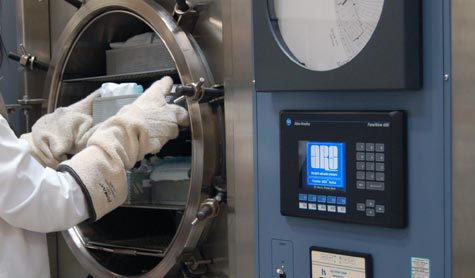
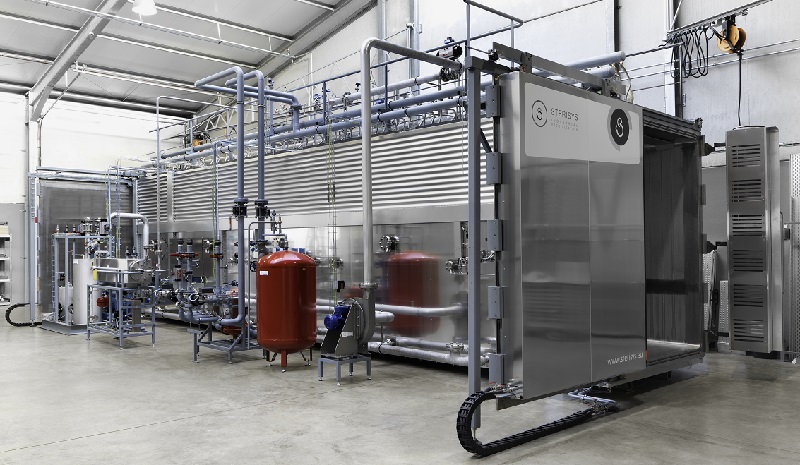
 Admin
Admin 